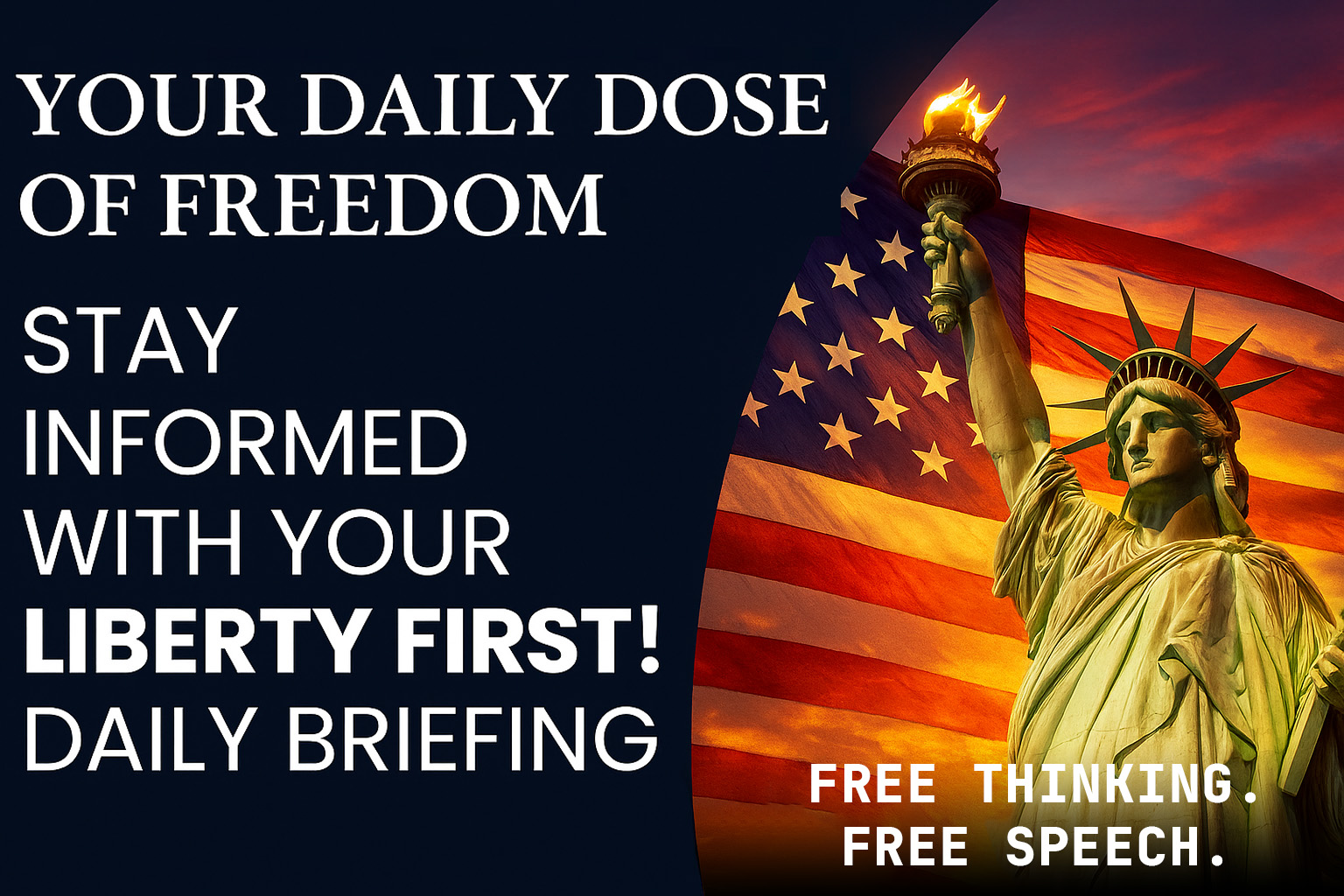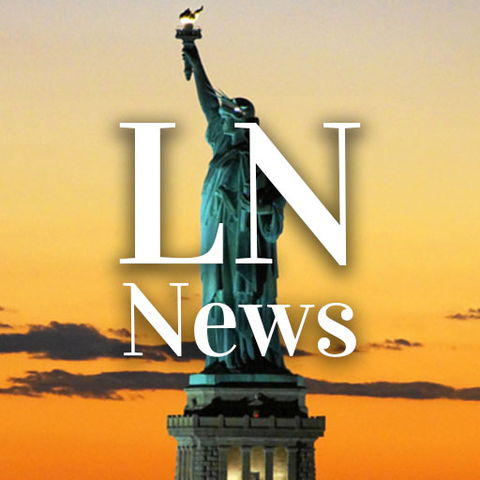


For years, the world has feasted on cheaper drug prices at America’s expense. US patients have essentially subsidized the industry’s research and development costs through higher domestic prices, while everyone else received lower prices. It seems, at least for now, the tides are turning, with tariffs playing a supporting role in this new push.
Can President Trump lower drug prices, the cornerstone of his second-term pharmaceutical cost strategy? Flanked by administration officials and Pfizer CEO Albert Bourla, Trump unveiled a new plan to ensure individuals can access critical prescription drugs without relying on credit cards and loans to afford these products.
Earlier this year, the president unveiled his Most Favored Nation (MFN) pricing policy, which pushes drugmakers to offer the United States the lowest prices they charge in developed markets – or face potential tariffs and exclusion from federal programs. He gave Pfizer and 16 other companies until Sept. 29 to respond to his executive order that also includes establishing direct-to-consumer avenues and restricting the sale of new drugs at lower prices in different countries.
Global drugmaker Pfizer was the first to chomp at the bit. At a Sept. 30 Oval Office event, Trump announced a new agreement with Pfizer.

“The United States has just 4% of the world’s population and consumes only 13% of all prescription drugs, yet pharmaceutical companies make 75% of their profits from the United States,” Trump said. “Think of that. We have 4% of the market, 13% of prescription drugs, and yet we pay 75% of the cost — Albert, I didn’t know you were that vile!”
The second step is to participate in TrumpRX.com, the direct-to-consumer drug platform launched by the administration. Pfizer will list its drugs, primarily those used for primary care, at discounted prices. The federal government will operate the website.
“Pfizer has agreed to provide some of the most popular current medications to our consumers at heavily discounted prices anywhere between 50% and even 100%,” adding that he is working with other drugmakers on similar arrangements over the next week. “If we don’t make a deal, we’re going to tariff them.”
The White House provided a sneak peek of what to expect. Eucrisa, a topical treatment for atopic dermatitis, will be offered at an 80% discount to patients who purchase it directly. Zavzpret, a migraine therapy, will be sold directly to patients at a 50% discount.
Pfizer also has committed to investing $70 billion in reshoring domestic drug manufacturing and research facilities, joining the growing list of other industry players that are hopping on the US manufacturing bandwagon. In exchange, it will receive a three-year grace period from the president’s 100% tariffs on any branded or patented pharmaceutical product, which are set to take effect on Oct. 1.
While shares of Pfizer rose about 4% after the announcement, Bourla said the “big winner” will be American patients, American innovation, and the American economy.
Despite Boula’s modesty, BMO Capital Markets analyst Evan Seigerman believes this is good news for Pfizer shareholders and the broader pharmaceutical industry, as it “adds certainty and shifts POTUS policies potentially away from Pharma tariffs.” He added, “Today’s deal seems to set a path for other pharmaceutical players to follow, allowing for headline pricing concessions and a Trump ‘win’ without more punitive implementation.”
When the president followed through on his 100% pharma tariff threat last week, it did not impact US drug stocks. This is because companies largely anticipated these levies, which is why scores of domestic firms have already announced multi-billion-dollar investments in US manufacturing.
In the past month alone, Eli Lilly announced a new $6.5 billion plant in Texas and a $5 billion facility in Virginia. Johnson & Johnson has committed to investing $55 billion in US manufacturing, R&D, and technology over the next four years. Merck has confirmed the construction of new or expanded factories in several states, including Delaware, New Jersey, and North Carolina.
The tariff weapon has often been identified as the source of this investment. But, as legendary economist Milton Friedman reminded everyone, there ain’t no such thing as a free lunch. So, whether it is lack of innovation or fewer jobs, there could be unintended consequences down the line.
The US economy might not see the fruits of these efforts for a few more years. However, the long-term overhaul of the world’s largest economy has attracted approximately $17 trillion in domestic and foreign investment, which could support the president’s aims of making America a leading manufacturer again. But can the world survive this seismic shift in manufacturing?

